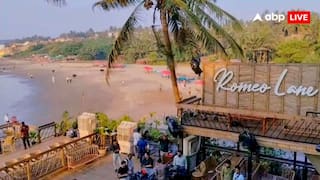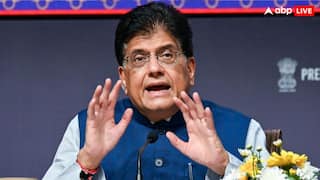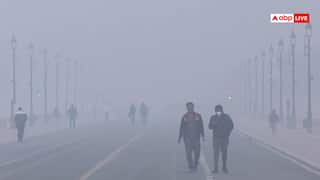Delhi Pollution: Ban On Construction Activities To Continue Till Further Notice, Says Environment Minister Gopal Rai
Low temperatures and low wind speeds, according to experts, have resulted in stagnant conditions, and Delhi's air quality is expected to worsen in the following days.

New Delhi: Because of the high levels of air pollution in the national capital, Delhi Environment Minister Gopal Rai said on Monday that the ban on construction and demolition activities would remain in place until further directives were issued.
After a review meeting with officials, Gopal Rai announced that the restriction on trucks entering Delhi, barring those engaged in essential services, will be extended till December 7. CNG and electric vehicles will be permitted to enter Delhi, reported PTI.
Low temperatures and low wind speeds, according to experts, have resulted in stagnant conditions, and Delhi's air quality is expected to worsen in the following days. The minister stated that if it rains, as forecasted by the India Meteorological Department, the situation will improve.
In light of the situation, we have decided to keep the construction and demolition ban in place in Delhi until further notice. Plumbing, interior décor, electrical work, and carpentry are examples of non-polluting building operations, he said.
The government's "Red Light On, Gaadi Off" initiative to reduce automobile pollution has been extended until December 18, according to Rai.
Following a Supreme Court judgement, the Delhi administration re-imposed a ban on building and demolition activity on Thursday.
Chief Minister Arvind Kejriwal previously stated that workers affected by the building restriction in the national capital will receive a monetary help of Rs 5,000 each, as well as compensation for lost minimum pay.
From Monday, physical education sessions in schools, universities, and other educational institutions resumed, as did government agencies.
The government has also started a dedicated bus service to transport its employees from government housing complexes in 14 different parts of the city.
(With inputs from PTI)






































